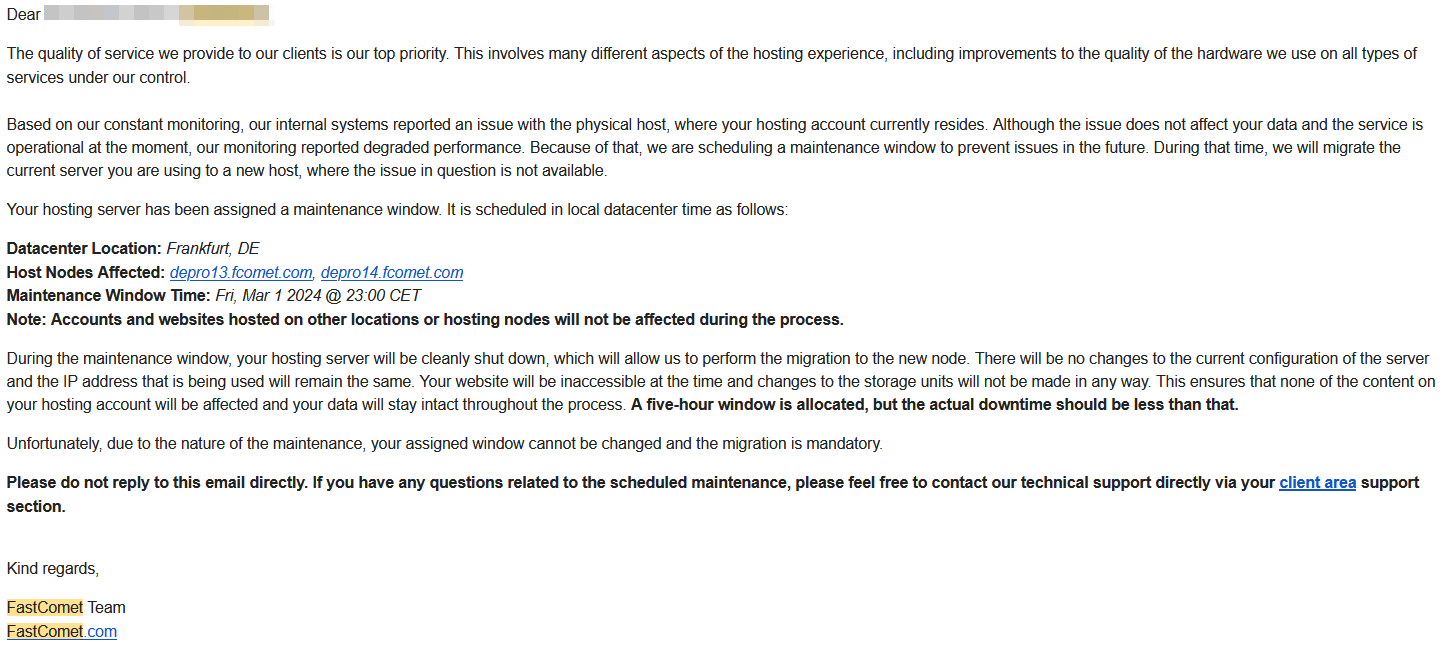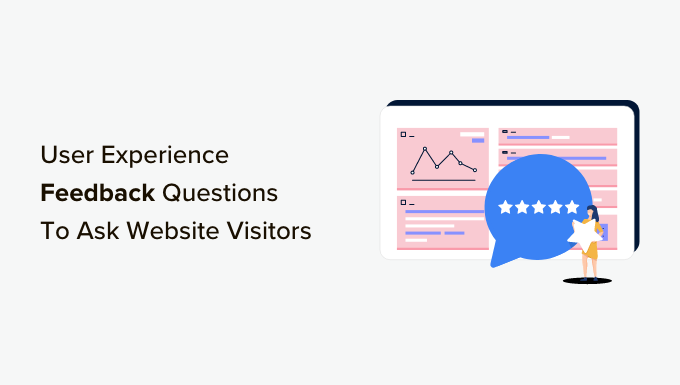Have you come across a “Down for Maintenance” page on a website? Have you ever wondered why it is necessary at all? It’s such an inconvenience not being able to access your favorite website. However, that is not precisely the case. Scheduled downtime is actually beneficial. It is an integral part of any successful website.
Such downtime is typically used for website or server maintenance. It can be used to install software updates, upgrade hardware, or restart the server. While it is inconvenient for users not to have access to a website (especially considering that the purpose of a site is to be online), scheduled downtime is a benefit in the long run. In this blog post, we will explore why this is the case and clear up any misconceptions that may exist.
What Is Scheduled Maintenance, Really?
Scheduled maintenance is a very simple concept at its core. It is a planned period of no operation. When it comes to websites or servers, it means they are taken offline, and their services are inaccessible. Such maintenance is essential nowadays and is not a consequence of poor planning or a technical failure. It is done deliberately.
The primary purpose of downtime like that is to ensure that the website or server is up-to-date and functioning correctly. During this time, people typically apply new software versions, replace hardware, or restart the server to ensure optimal performance.
If you play online video games, you are probably familiar with this process. Many take down their servers on a regular, expected basis to apply patches and improve performance. Of course, many other services perform such maintenance, all in the name of better user experience and security, which leads us to our next point.
Why Downtime Isn’t Always a Bad Thing
Let’s clarify something here: unplanned downtime can have severe, negative consequences for your site. However, planned downtime has a slew of benefits, and that’s when it is not a bad thing. In fact, it is a very good thing and should be a part of any website’s maintenance plan.
Most modern websites striving for success do require frequent care. Whether it is to add new features, improve existing ones, update the design, or make changes to the server, websites nowadays are never truly complete. There is always something to do, some new thing to add, another thing to change, and so on, until the site shuts down. That is why having regular, scheduled maintenance is so essential.
There are numerous benefits to it, but here are the most significant ones that will positively impact your website.
- Precise Timing – The most significant upside to scheduling maintenance times is that you can do it at your convenience. Not just for you but for your visitors as well. Most site owners do it during their least busy hours–usually late at night. That way, it affects the fewest visitors possible;
- Stability, Security, and Performance – As mentioned earlier, maintenance time is typically used to apply software updates or hardware upgrades. Both of those work towards ensuring the live site is stable, fast, and secure. We all know how vital keeping software up to date is, and having better hardware to handle requests is always in demand;
- User Trust – Yes, downtime is an inconvenience for users. However, when you provide enough of a warning, it should be no inconvenience whatsoever (for those who read their emails). Showing that you take active care of your site through such actions is a great way to inspire confidence and trust in your audience;
- Monetary Savings – It is far less expensive to prevent an issue from happening in the first place. You should not wait for your hardware to fail or for software to go EOL before taking any action to improve it. Or, if you have identified a potential problem, waiting for it actually to occur is much more expensive than addressing it right away. Why? Because when you have control of when your site goes down, you can do it when you have the least amount of users on your site. You also don’t have to pay overtime or emergency fees to get things back into working order.
You can think of scheduled downtime as changing the oil on your car. Yes, you could wait until it has turned to sludge and your engine starts giving up, but that would cost you a pretty penny to fix. Alternatively, you can take a moment every so often to ensure that doesn’t happen.
How It Affects a User’s Daily Web Life
Ultimately, if you plan your website’s offline time correctly, it should not significantly impact your users’ experience. As we mentioned above, doing it when there are the least amount of people on your site is best. Yes, you might upset a few people who can’t access your site for ten minutes at 3 AM, but that’s preferable to the alternative: a large number of people during peak time.
It is a comparison between a minor inconvenience and long-term gains. For the short time it lasts, maintenance can significantly improve the long-term health of a website. Of course, as long as your users have received clear and ahead-of-time warnings about the planned outage. Communication is vital here. Here, take one of our emails as an example:

You can see in it a few key points:
- The customer is clearly informed of what will happen and why it has to happen;
- We explicitly mention the servers this will affect;
- There is a specific time and date when the maintenance will happen;
- There is also an explanation of what will happen during said maintenance;
- Finally, we invite our customers to contact us if they have any questions or concerns.
Imagine if we waited until the server’s performance degraded to the point of failure. That would affect so many accounts without warnning. Not only that, it would have taken us much longer to fix the issue. Through transparent communication and planning, a user’s daily web experience on our site—or any site—is minimally impacted by downtime.
What You Can Do as a Site Owner
We have discussed at length how scheduled downtime is not necessarily a bad thing. However, we never really told you any specific steps to take aside from “it is OK to do it” and “just let your customers know in advance.” So, here is a list of things you can do as a site to set up and prepare for planned maintenance.
- Schedule – Firstly, determine a convenient time for you and your customers to take the website down. As we mentioned earlier, the best time is during low-traffic hours. That minimizes the impact on users and puts less pressure on you and your staff to get the site back up as soon as possible;
- Communication – Next, inform your customers in advance. A week or even two will give them enough warning to do anything they need to prepare. Additionally, you can even set up some sort of maintenance tracker on your site that shows upcoming downtime and has live updates on any ongoing ones;
- Readiness – Ensure that everyone and everything involved in the downtime is ready themselves. Talk to each team and brief them on what they need to know and do;
- Backups – We cannot stress enough the importance of this step. Backing up your data before making any drastic changes is essential for the health of your site. A pre-downtime backup gives you the peace of mind that you have something to fall back on in case an issue occurs during the maintenance;
- Post-maintenance – Once you conclude the maintenance, have a list of things for testing. Or if something goes wrong during the maintenance, have a contingency plan (such as backups). Ensure everything is functioning as expected;
- Feedback – Finally, ask for feedback from your team and, if applicable, from your customers. Ask about improvements to the process.
That is a basic but solid plan that you should expand upon depending on your site and team’s needs. You can include steps such as sending a notification to users a short time before the maintenance starts. Or you can direct traffic to a different page during that time. There are numerous additional steps you can take, but the ones we provided should serve as an excellent starting point.
Embracing Maintenance as a Positive
Maintenance is essential for your website. The mild, almost insignificant inconvenience that a well-planned and executed window of scheduled downtime can cause is an absolute non-issue when compared to the alternative. Running your website or server until it fails is a surefire way to cause more inconvenience to your visitors than taking the site down for a few minutes every other week.
Scheduled downtime is a regular part of maintaining a healthy and secure website. It is what allows owners to apply new updates, add functionalities, and upgrade hardware in peace without rushing to finish the job because the site went down at the worst possible time.
With a bit of planning and sufficient warning, maintenance time is one of the most beneficial things you can do for your site.






